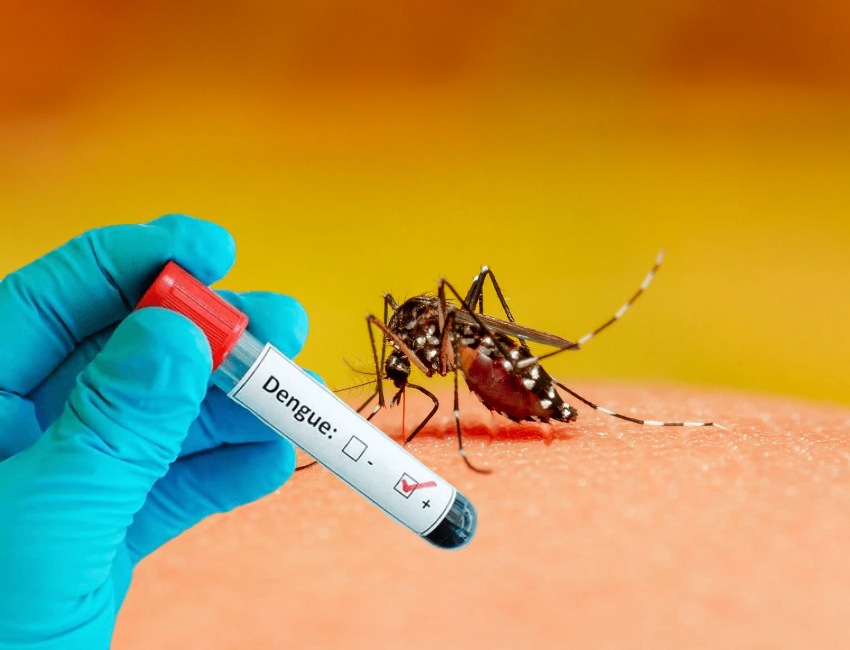Dengue fever is a viral infection transmitted by the Aedes mosquito. It is prevalent in tropical and subtropical regions of the world, and its incidence has increased dramatically over the past few decades. Dengue fever is dangerous because it can lead to severe complications, including dengue hemorrhagic fever (DHF) and dengue shock syndrome (DSS), which can be fatal.
Causes: Dengue fever is caused by the dengue virus, which is transmitted to humans through the bite of infected Aedes mosquitoes. These mosquitoes typically breed in stagnant water, and are most active during the day, particularly in the early morning and late afternoon. Dengue fever cannot be transmitted directly from person to person.
Effects: Dengue fever typically causes flu-like symptoms, including fever, headache, muscle and joint pain, nausea and vomiting, and a rash. These symptoms usually appear within 3-14 days after infection and can last for up to a week. In some cases, dengue fever can progress to DHF or DSS. DHF is a severe form of dengue fever that can cause bleeding, low platelet count, and damage to organs. DSS is a potentially life-threatening condition that occurs when blood pressure drops to dangerously low levels.
Treatment: There is no specific treatment for dengue fever, but symptoms can be managed with rest, hydration, and pain relievers. It is important to avoid aspirin and other nonsteroidal anti-inflammatory drugs (NSAIDs) as they can increase the risk of bleeding. In severe cases, hospitalization may be required to monitor vital signs, administer intravenous fluids and electrolytes, and provide blood transfusions. Patients with DHF or DSS require immediate medical attention and may need to be admitted to an intensive care unit.
Prevention: The best way to prevent dengue fever is to avoid mosquito bites. This can be done by wearing long-sleeved clothing and using mosquito repellent. It is also important to eliminate standing water around homes and public areas to prevent mosquito breeding. Vaccines are available in some countries, but their effectiveness varies depending on the strain of the virus and the age of the patient.



